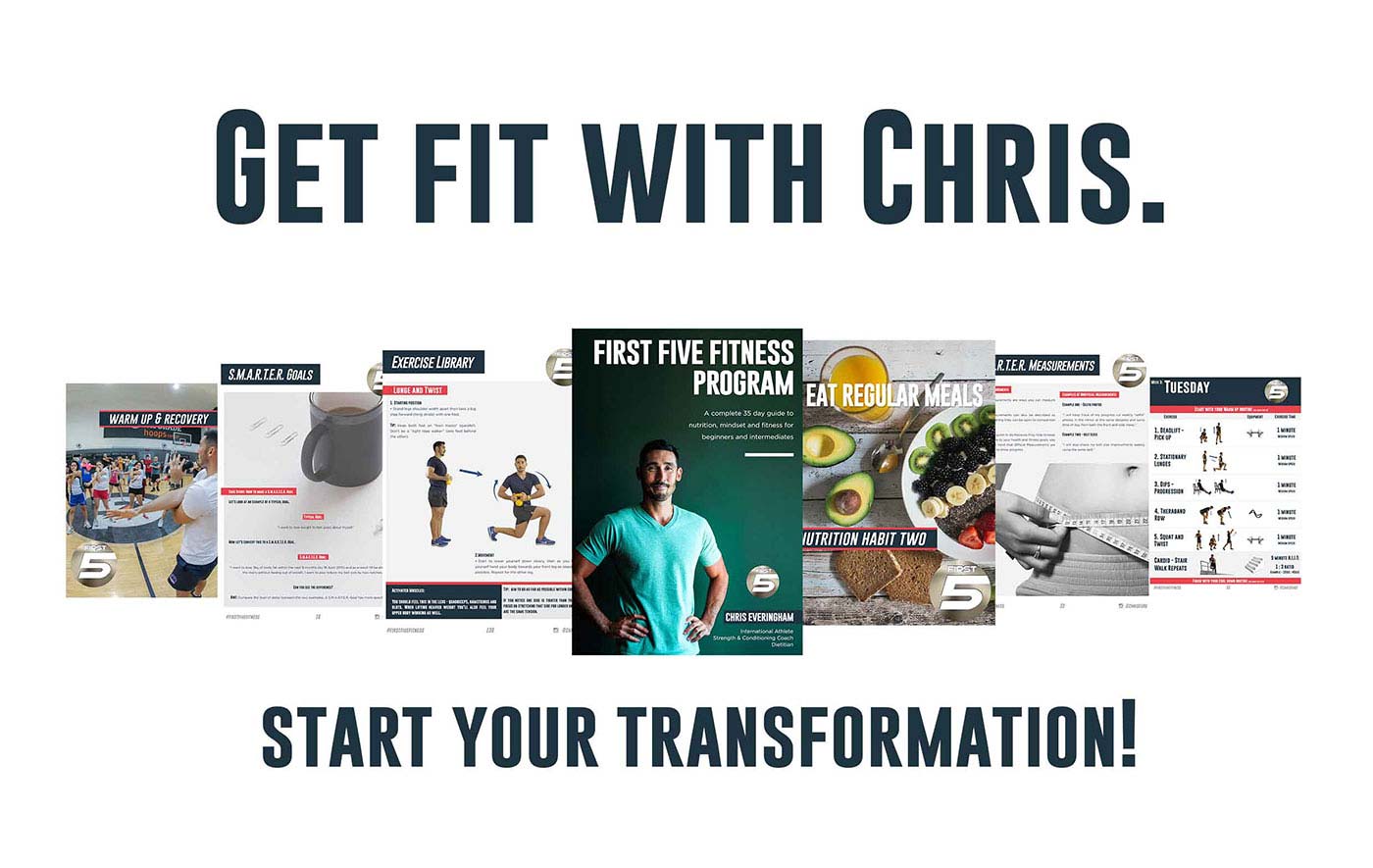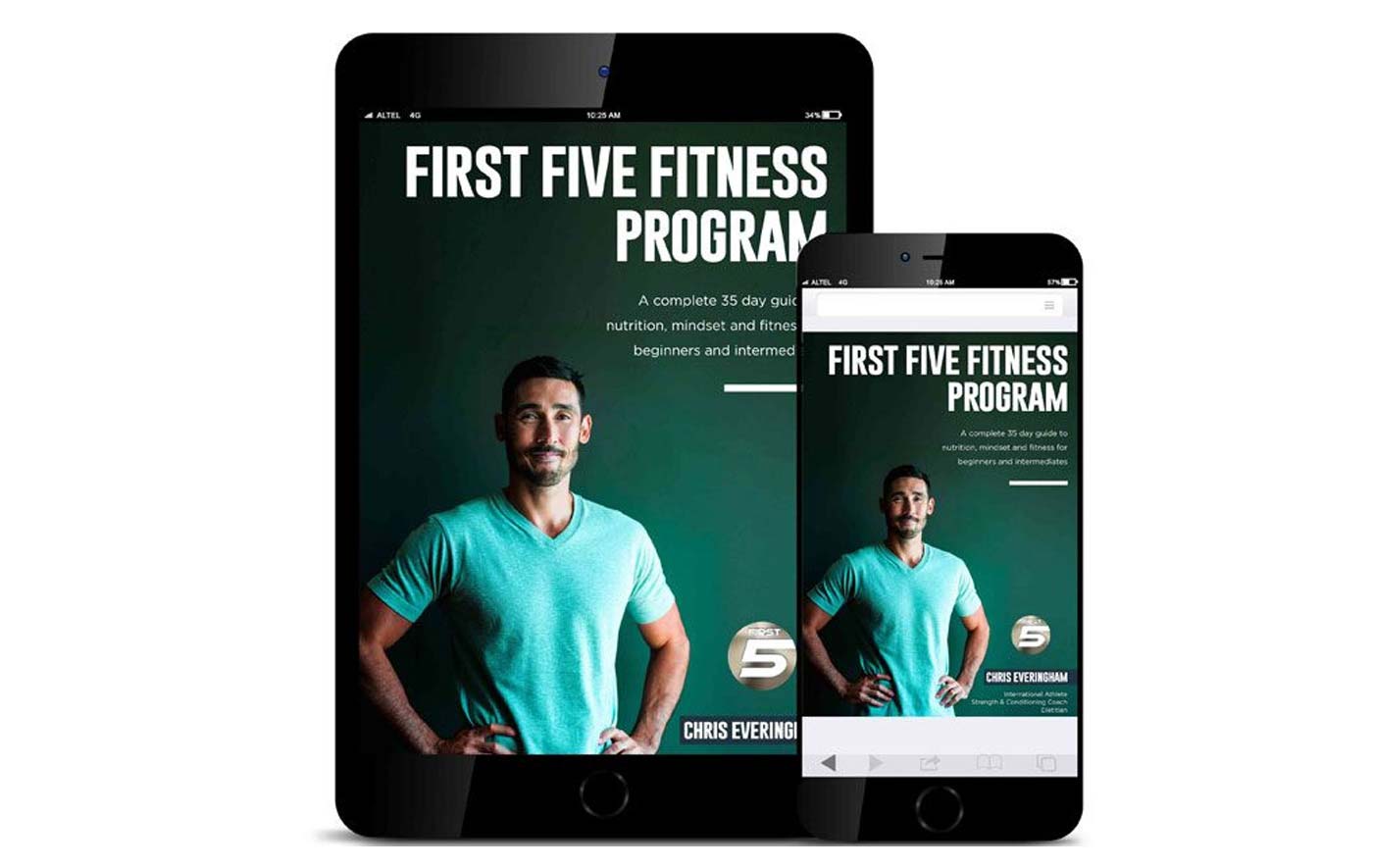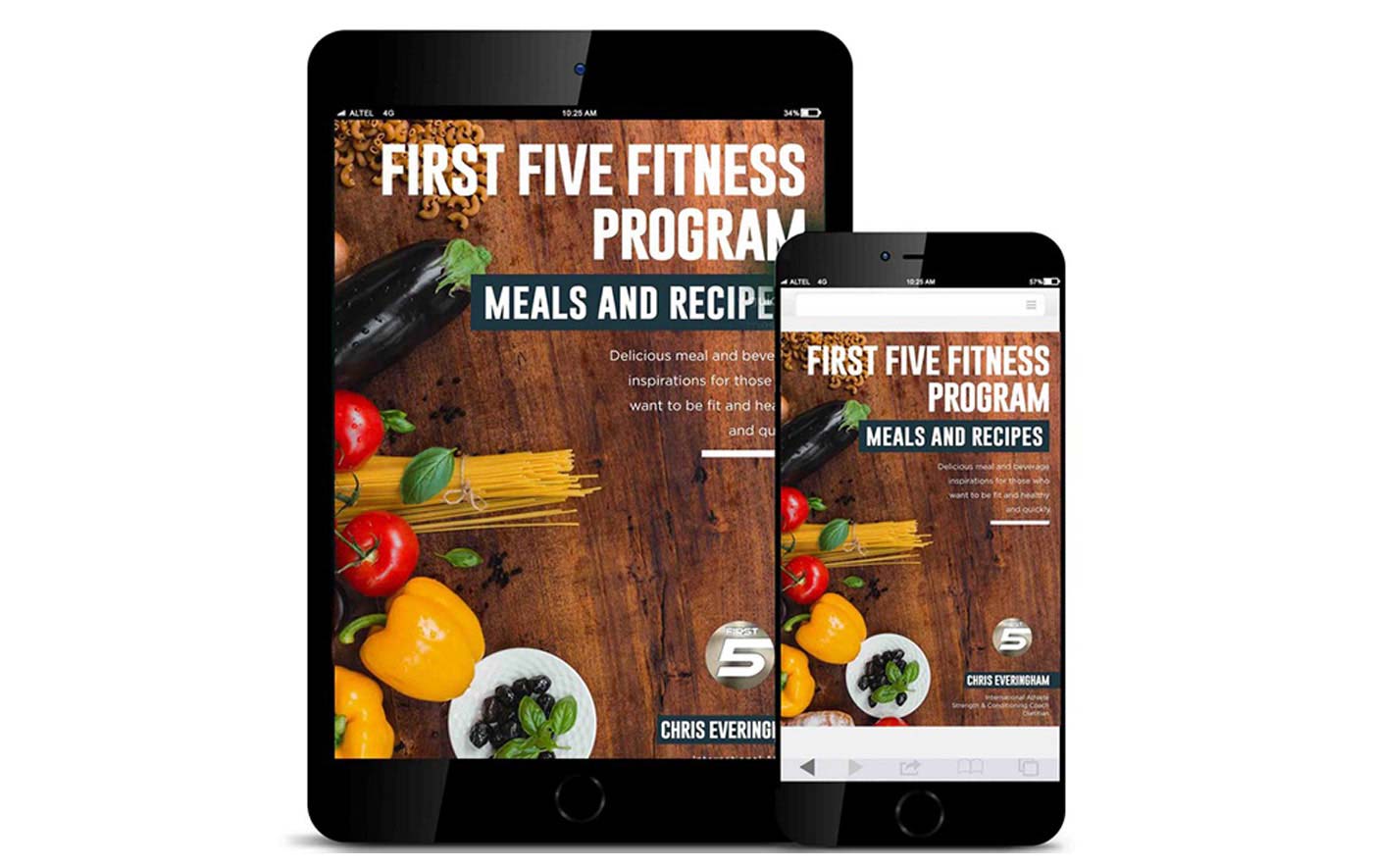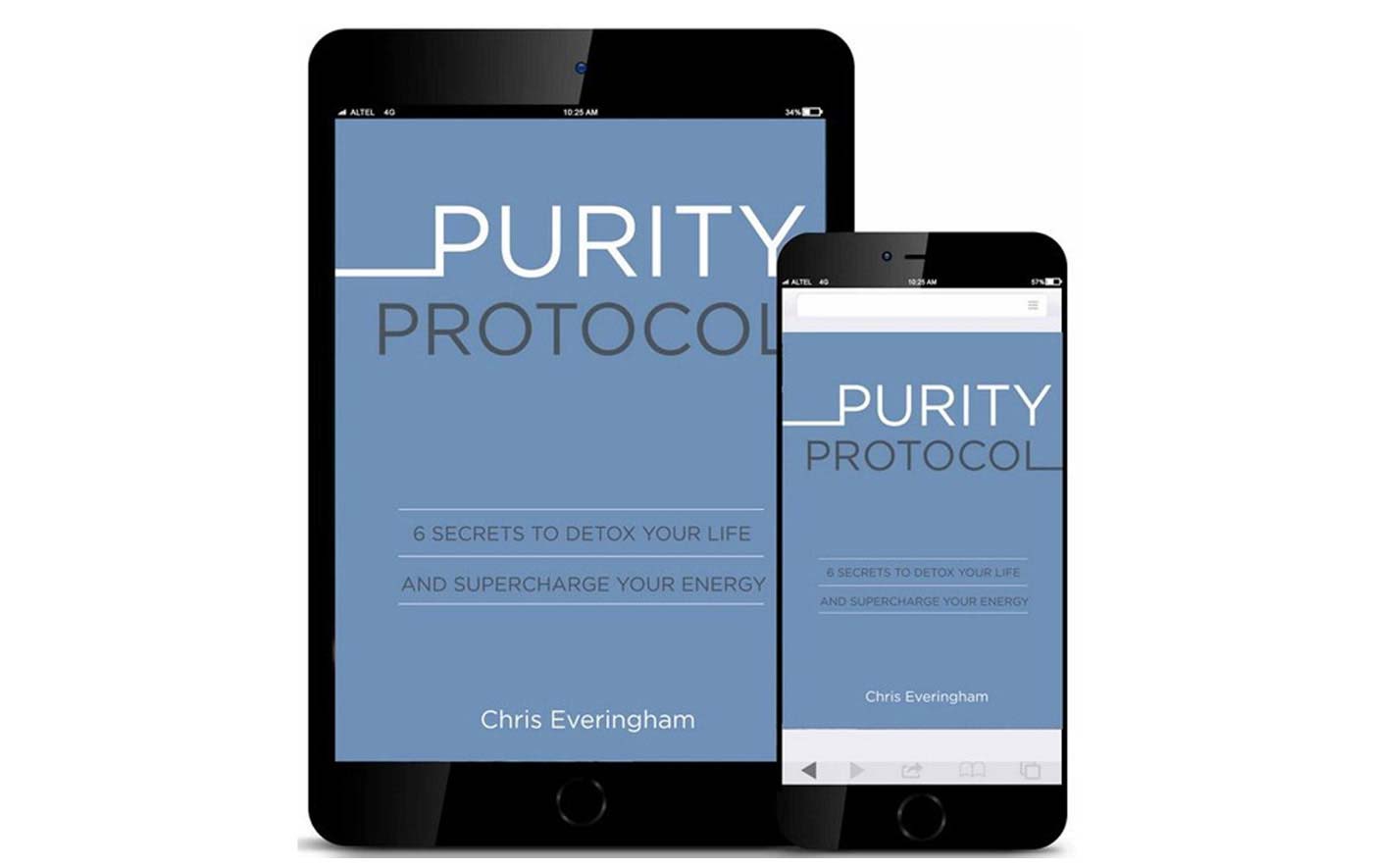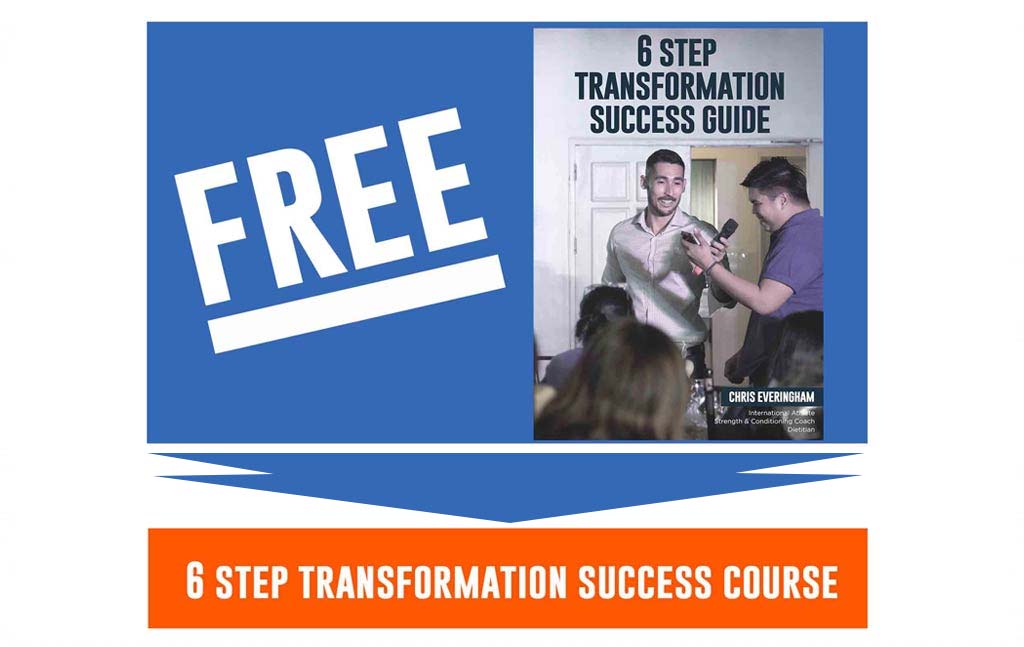Episode 15 – How to improve your posture
Posture is about finding the optimal position for your body in space and time in a given environment. In this article, I wanted to share with you my top four (4) posture tips and ticks to improve your posture.
Let’s go through them!
Why is posture important?
Good posture assists in:
- Improving performance
- Injury risk reduction through increased ROM (range of motion), joint stability
- Increase lung capacity (an upright posture opens up the torso to maximise lung capacity versus slouched posture).
- Alignment of joints
- Helps to ensure that the other systems in our body (such as lymphatic system) are in working order and not suppressed or suboptimal.
- Improve symmetry
1. Identify environmental factors
The environment has a big impact on your posture. Whether it’s your physical environment or daily repeated actions, keep an eye on them. Here are some questions to help eliminate contributing factors:
What are your daily actions (what do you spend most your time doing)?
Here are some common examples to consider:
What are your daily exposures (what are you frequently exposed to in your environment)?
Here are some common examples to consider:
- If you wear high heels all day?
- Sports that are one-side dominant sports such as golf, tennis, cricket, baseball.
2. Identify the posture muscles involved
There are two sides to the postural equation:
- Tight muscles
- Loose muscles
Tight muscles
The tight muscles continue to hold the posture in place. These muscles are usually recruited because they have more nerves firing those muscles (eg. Hip flexors and upper traps), injury (neural rewiring to reduce pain, poor rehabilitation, etc.), habit formation and repetition or due to your postural environment.
Loose muscles
The loose muscles are usually weaker muscles that need to be “fired up.” They are often overstretched, underactive or dominated by the tight muscles from both neural recruitment and repeated use.
Knowing the postural muscles
Once you know which muscles are tight and loose, this will help you to then know what to do in those areas:
- Tight muscles – loosen them with stretches, myofascial release (such as foam rolling, trigger point, etc.), massage
- Loose muscles – “tighten” or focus on activating them with isolated activation exercises.
Let’s have a look at three (3) more posture tips and tricks. Read on below for details.

3. Loosening tight muscles
The third step is to loosen up tight muscles via techniques such as stretching or foam rolling. This will help the muscle return to its optimal length and tension and thus make them available for activation. Remember: it is also important to do this at night to reduce your risk of injury.
Let’s go through a couple of examples for the hip flexor and chest:
- Swiss ball 3D hip flexor stretch – a great exercise to open up the hip flexors, quads, and abdominals. Just ease into it.
- Theraband Chest stretch – a good stretch to open up the chest. The band will help the chest “relax” and open up more.
4. Activation exercise
This step is about activating weak, overstretched or underactive muscles. These muscles will want some extra attention to help them “fire” and work as they should. The activation always happens after the loosening as an overstretched muscle.
Let’s discuss a couple of exercises for lower traps (mid-back) and gluts:
- Swiss ball prone cobra for the lower traps (mid-back) – lower traps fire through external rotation of the arms. This movement will help isolate and activate lower traps and help them to dominate or return the balance between the upper and lower traps (mid-back and upper back) and help lower the scapulae (the shoulder blade). A great exercise to couple with rhomboid isolation exercises.
- Supine hip extension for gluts (bum muscles) – a good way to fire and recruit the gluts is to do a bend type motion such as a supine hip extension. If this is difficult try a prone heel raise.
5. Take preventative steps
Preventative steps will help to reduce the risk of your posture returning back into its old poor posture shape! What’s the point of doing the loosening and activation exercises if you don’t remove or minimise your exposure to the things that caused the problems in the first place?
Let’s discuss some common steps to take today:
The traditional office work station
Sitting at a desk? Here are two quick examples to help enhance that postural situation.
- Standing work desk
- Swiss ball chair
- Modified chair using a Swiss ball or BOSU
All of these options activate your core, recruit gluts and also force you to practice good posture.
High Heels?
- Wear them only if you need to such as in the main part of the event only and then take them off directly after.
- Wear other shoes to and from the event or office yourself such as flats or joggers.
Cyclists, boxers, and horseriders
- Complement your sport with movements that are opposite to the hunched-over position such as a row or pull movement to help open up the chest and front deltoids.
Summary
Thanks for reading my blog on how to improve posture using my top 5 posture tips and tricks. These tips and tricks will help to improve your posture. Just take one tip and start, then add in another overtime and work with it over time. To summarize, here are the top four (4) tips to keep in mind:
- Identify environmental factors
- Identify the posture muscles involved
- Loosening tight muscles
- Activation exercise
- Take preventative steps
–
Need extra help?
- My PURITY Protocol is an amazing resource packed with 6 secrets to detox your life and supercharge your energy. It’s my personal wellbeing philosophy. Check it out here.
- The First Five Fitness program is a complete 35 day guide to nutrition, mindset, and fitness for beginners and intermediates AND it only takes five minutes blocks to start. Click here for details.
- Don’t know what or how to cook and prepare food?! Check out My Meals & Recipes book here. It’s packed with loads of practical, healthy and simple to make breakfast, lunch, dinner options as well as snacks and drinks.
- Want live coaching? Click here to contact me. I look forward to working with you soon.
–
Bibliography
- Chek, P. (2009) How to Eat, Move and Be Healthy!
- Cooley, B. (2005) The Genius of Flexibility: The smart way to stretch and strengthen your body. Fireside
- DiNubile, N. (2011) Framework for the shoulder book: a 6-step plan for preventing injury and ending pain. Rodale Books
- Erhman, J. Gordon, P. Visich, P. Keteyian, S. (2003) Clinical Exercise Physiology. Human Kinetics Publishers, Inc.
- Myers, T. (2009) Anatomy Trains: Myofascial Meridians for Manual and Movement Therapists (2nd Ed.). Churchill Livingstone
- Scientific Publishing, Ltd. (no author) (2006) Scientific Publishing’s Anatomy Chart Book. Scientific Publishing Limited
- Sherwood, L.(2004) Human Physiology: From Cells to Systems (5th Ed.) Thomson, Brooks/Cole


